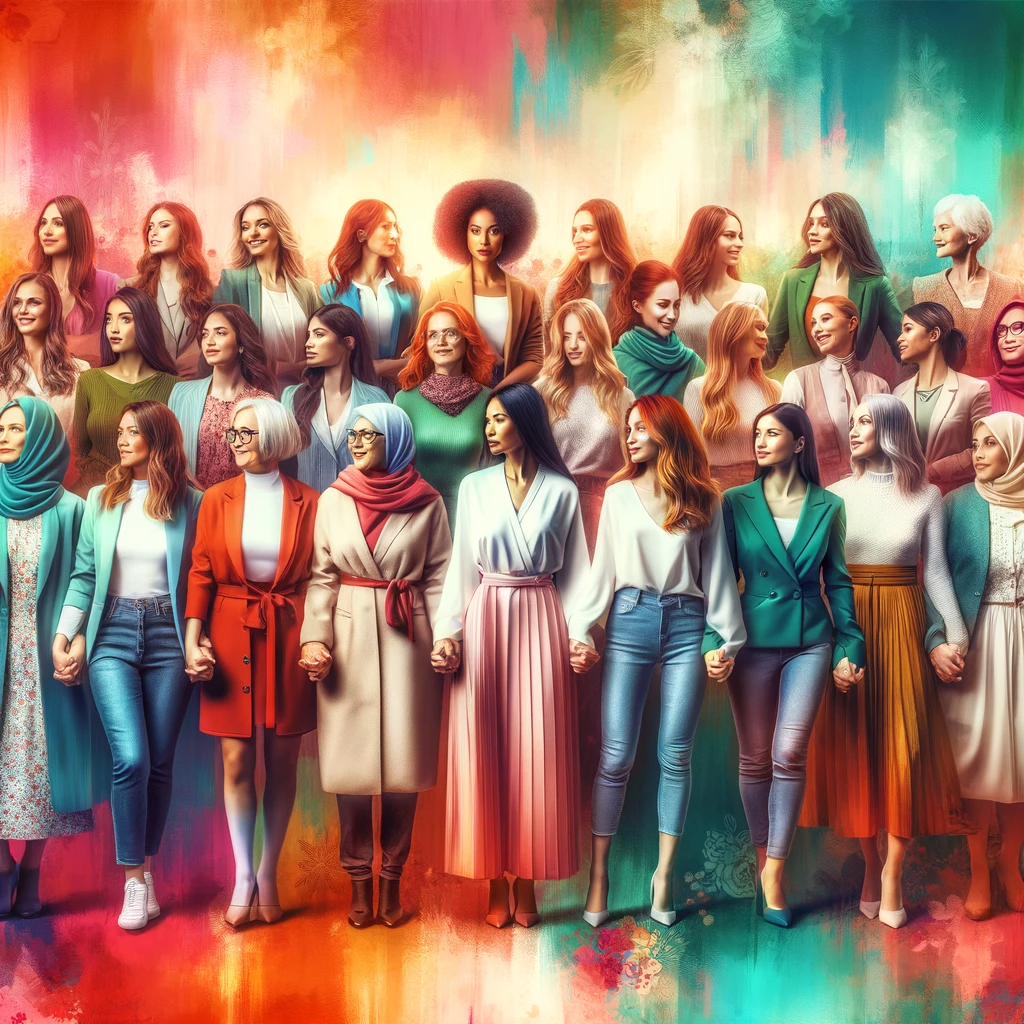Definition
Women worldwide achieve and call for action to accelerate gender equality on International Women’s Day. This day promotes gender balance, acknowledges women’s accomplishments, and encourages a more inclusive world. It is a day to reflect on the progress made and strive for a more equal world.
Expanded Explanation
This day, celebrated on March 8, highlights the journey towards gender equality and women’s rights. It began in the early 1900s and has since become a focal point in the movement for women’s rights, serving as a platform for advocating gender equality and empowering women globally.
Importance
International Women’s Day is crucial as it recognizes and honours women’s achievements, regardless of national, ethnic, linguistic, cultural, economic, or political divisions. It’s a day of unity, celebration, reflection, advocacy, and action to challenge gender bias and inequality.
Context and Usage
In various contexts, International Women’s Day allows governments, organizations, and communities to focus on women’s issues, such as gender equality, reproductive rights, and violence against women. It’s a day for educational events, rallies, networking events, and campaigns.
Examples
Example 1: In a corporate setting, International Women’s Day might be observed by hosting workshops on women’s leadership or recognizing the achievements of female employees, fostering an inclusive and equitable workplace.
Example 2: Educational institutions often observe International Women’s Day by organizing seminars on women’s history, screening documentaries on gender issues, or hosting gender equality workshops.
Understanding the Glossary Term
A common misconception about International Women’s Day is that it’s solely about women celebrating their achievements. It is a day for everyone of all genders to acknowledge and push for women’s rights and gender equality.
Related Glossary Terms
Gender Equality: Gender equality is closely tied to International Women’s Day, as the day is a call to action for achieving equal rights and opportunities for all genders.
Feminism: Feminism is a movement that supports and advocates for equal rights and opportunities for people of all genders. Consequently, it challenges societal norms to promote gender equality and inclusivity.
Visual and Reading Aids


External Resources
1. **International Women’s Day Official Website**: This website provides resources and information about International Women’s Day. It includes ideas for campaigns and events to celebrate the day and encourages inclusive participation. The site emphasizes the day’s significance and offers guidance for community involvement. Visit the website.
2. **UN Women**: The United Nations entity dedicated to gender equality and women’s empowerment, UN Women, offers comprehensive resources and information regarding International Women’s Day. Their website includes historical context, current themes, and global events related to the day. Visit UN Women.
Related Articles
1. **Rosalind Franklin and X-ray Diffraction: Unveiling the Structure of Life**: This article celebrates the achievements of Rosalind Franklin, a pioneering female scientist in DNA research. Her story resonates with the spirit of International Women’s Day, highlighting the significant contributions of women in science often overlooked. Read the article.
2. **Triumph Over Pregnant Insomnia: 6 Best Practices for Restful Sleep**: While not directly related, this article addresses an essential women’s health issue – pregnant insomnia. It underscores the importance of focusing on women-specific health concerns, aligning with the broader goals of International Women’s Day. Read the article.
